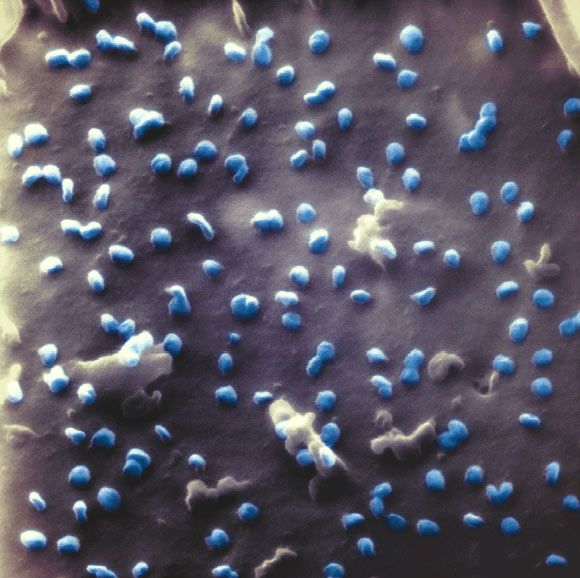Yellow fever kills some 15% of those infected. But barriers to vaccinating people in potential hotspots means scientists are turning to a surprising alternative: vaccinating monkeys.





SpaceX’s Starlink satellite internet service on Monday began accepting $99 preorders from potential customers, with Elon Musk still expecting Starlink will IPO.
Starlink’s website emphasizes that preorders are “fully refundable,” but notes in fine print that “placing a deposit does not guarantee service.”

Analysis reveals genetic control elements that are linked to hundreds of human traits.
Twenty years ago this month, the first draft of the human genome was publicly released. One of the major surprises that came from that project was the revelation that only 1.5 percent of the human genome consists of protein-coding genes.
Over the past two decades, it has become apparent that those noncoding stretches of DNA, originally thought to be “junk DNA,” play critical roles in development and gene regulation. In a new study published on February 32021, a team of researchers from MIT has published the most comprehensive map yet of this noncoding DNA.




